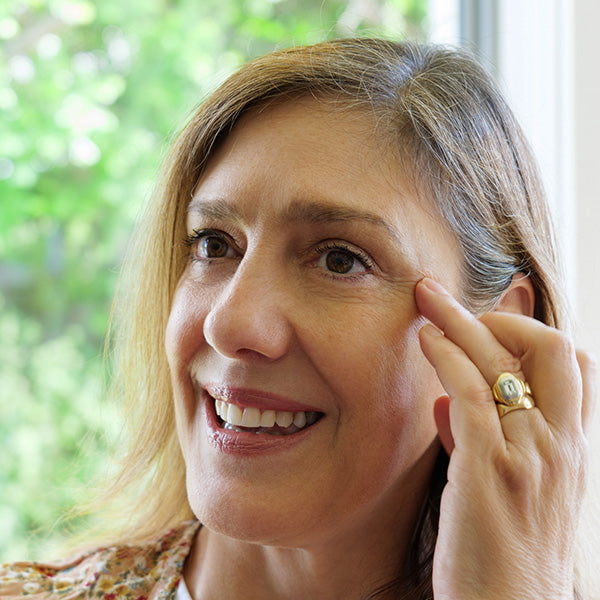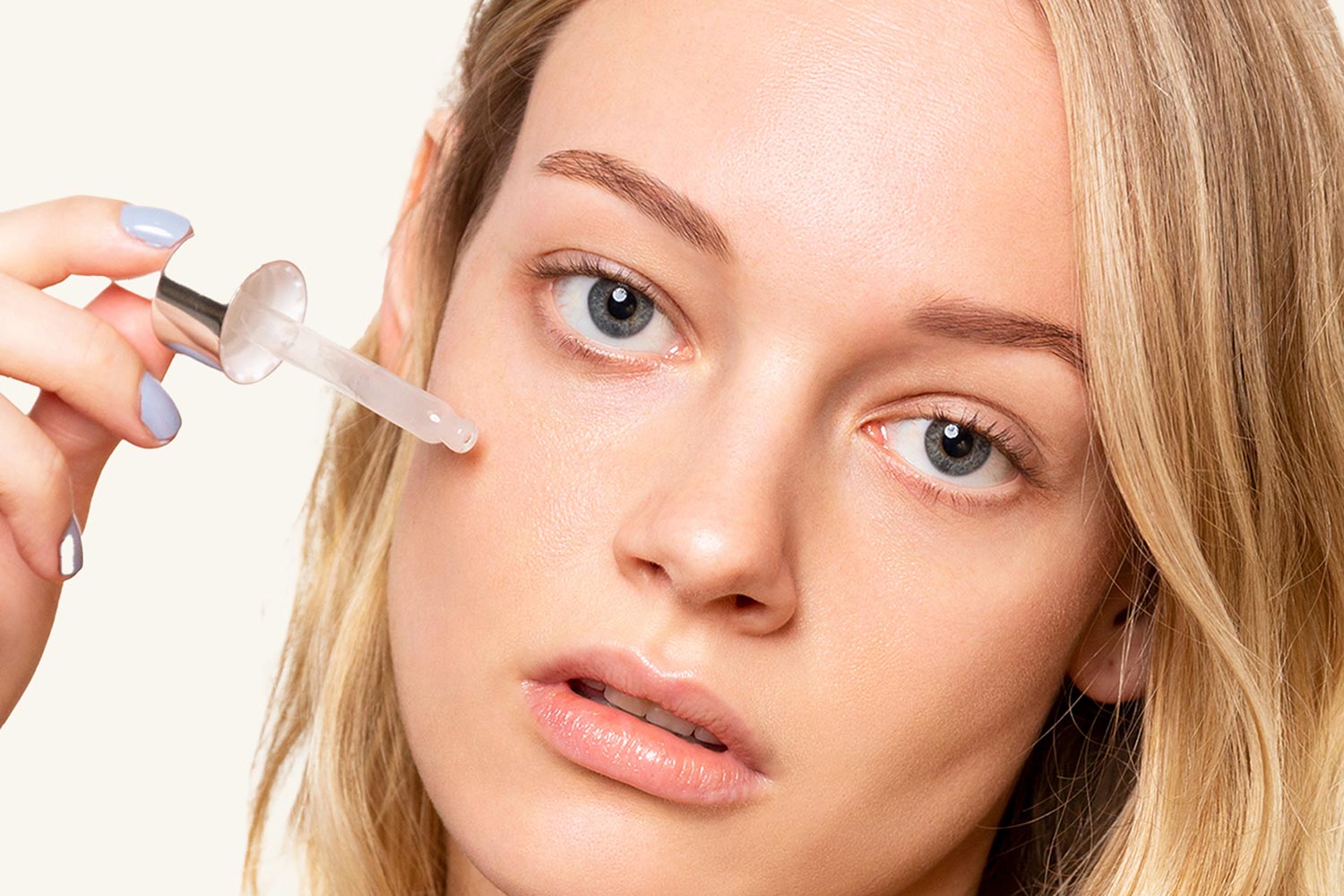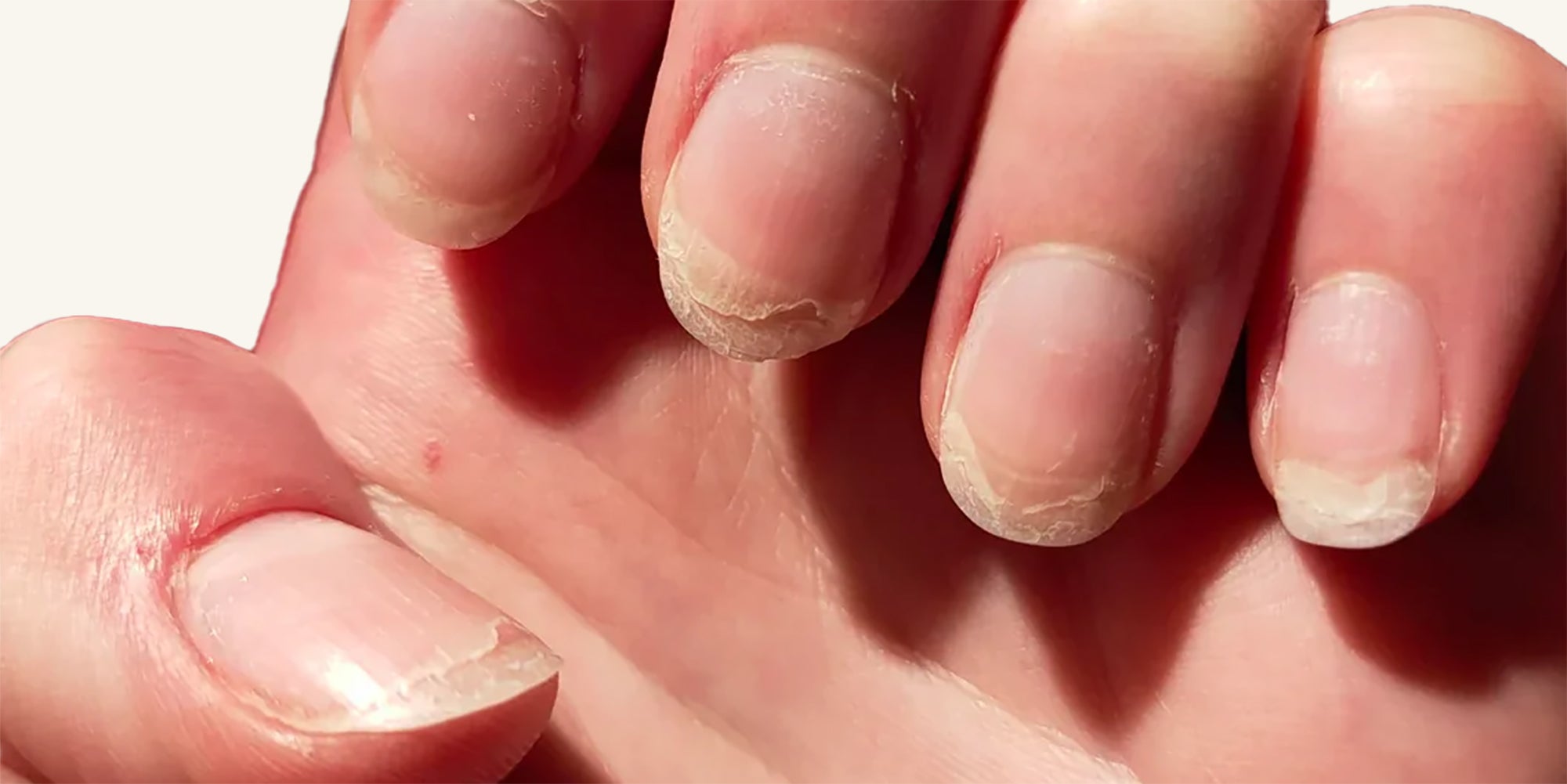
5 Must-Know Facts To Demystify Chemical Peels
They have been all the rage and sound a little scary but are chemical peels effective or good for your skin?
Are you really at risk of burnt skin, pigmentation changes or eternal itchiness that way drive you crazy?
Or have lasers now replaced the peel especially for more serious lines and scaring.
These are questions I’ve thought about a lot lately given improvements in dermatological science and procedure availability. Especially in view of advice that chemical exfoliants can be less damaging than abrasive exfoliants that more forcefully remove dead skin.
This blog looks at this big subject and should put you at ease about chemical peel possibilities (we will leave laser for a later blog).
My view is as long as you get the right advice and select the appropriate product for your needs, peels can be great treatments.
What are chemical peels?
As we age, our skin changes but not always in the healthy graceful way we hope for. Some of the most common concerns are the result of sum damage, including; dark spots, rough texture, fine lines, and wrinkles. Acne scars can also become more apparent as we age.
Chemical peels are treatments that use an acidic solution to remove the top layers of the skin of our face, hands, and neck. There are products marketed for home use, for aesthetician use and heavy weight peels administered by a dermatologist.
They are safe and beneficial as long as you use the right agent and the right procedure but used incorrectly, chemical peels can reportedly be harmful and even cause burns or pigment changes. Scary uh.
How chemical peels work
In simple terms, when a peel solution is applied to the skin, the chemicals loosen the adhesion between dead skin cells and the healthy skin underneath, allowing these to peel away along with any environmental particles. They should also promote new collagen production .
This process should make your face appear fresher and encourage new cell growth which will improve your skin health over time.
Peels vary in strength.
An at home product should only be strong enough to focus on the top layer of the skin and may help improve texture and the appearance of blotchy pigmentation. More potent professional peels go a little deeper and target problems such emerging fine lines and wrinkles as well as deeper lines and scarring.
What type of chemical peel do I need?
Simple, there are three categories of peel to consider depending on the acid used, the strength of the solution and the recovery time required – superficial, medium and deep.
For example:
- Superficial peels, which use mild acids like plant sourced alpha-hydroxy acid to gently exfoliate. You only leave these peels on for a short time to allow it to only penetrate the outermost layer of skin.
Salicylic acid is a commonly used chemical peel in this category. Unlike alpha hydroxy acids, it doesn't need to be washed off or neutralized after it is applied.
They will not remove wrinkles, freckles, sunspots or pigment blotches.
No anaesthetic is required and recovery time should only be a day or so, with skin lightly peeling on about day three.
Follow-ups if required can be every two to three months.
- Medium peels typically use trichloroacetic (TCA) or glycolic acid to reach the middle and outer layer of skin and are effective for removing damaged skin cells.
These peels should only be required once to achieve their objective of diminishing signs of sun damage such as freckles, wrinkles and brown patches,
The effect of these peels depends on the strength of the solution and the number of applications used in the treatment. Higher ‘professional strength’ peels (greater than 25% to 30% concentration) will penetrate deeper in the skin, reaching the middle layer, which can target deeper scarring or pigmentation.
Recovery times will be up to a week of more after peeling though I have heard reports of redness that persists for a couple of months. Swelling and the formation of skin crusts and brown blotches may occur before new skin is revealed.
- Deep peels have been largely replaced by laser resurfacing procedures. When used, they are definitely in the realm of specialist medical treatments and fully penetrate the middle layer of the skin to remove damaged skin cells, deep wrinkles and scaring. These peels often use phenol or tricholoracetic acid.
Deep chemical peels are used less often because of complications such as severe swelling and redness. They take about two weeks for the new skin to develop, crusting may last several weeks and redness to last for several months.
What are the risks and possible side effects of a chemical peel?
Peels are pretty safe.
Common side effects during recovery include inflammation, dryness, stinging and burning, and slight swelling.
More serious risks and dangerous side effects are noted in the literature and can be permanent, including darkening or lightening of the skin colour and scarring.
Infections are rare but possible.
Heart, liver, or kidney damage has also been indicated from deep peel solutions and should therefore be used under the advice of a dermatologist.
Common-sense safety tips
On top of following the product instructions and listening to the advice of your doctor, there are few common-sense tips to keep in mind to deal with ‘peak scary’.
- Patch Test – if you have no experience with home peels, I would patch test a weaker solution to see how your skin reacts
- Start slowly. Peels using alpha hydroxy acids, for example, come in various strengths, from 20% acid to 70% acid.
Starting at the lowest concentration for the shortest amount of time, 20% to 30%, is a good start. If you start off with the 70% you may have a higher chance of getting chemical burns on your skin. My advice is not to use highly concentrated peels at home.
- Monitor your skin. You also need to pay attention to your skin response after a products is applied to your skin. If you develop blisters or severe pain in certain areas, you need to stop the reaction by immediately washing off the product and calling the skin professional.
- Use caution with the neck and hands. Each area of skin has its own percularlarities. The face heals faster than the neck or the hands and is less predisposed to burns.
- Obviously follow your doctor’s advice regarding medications. For example, restrictions on using retinol or Accutane. Any treatment that aggravates the skin such as exfoliating, scrubs, waxing or hair bleaching.
There you have it, a practical run down on chemical peels.
Not as scary as they may seem with the right advice.
In fact, totally consistent with my healthy aging mantra.
Sylvie xx





